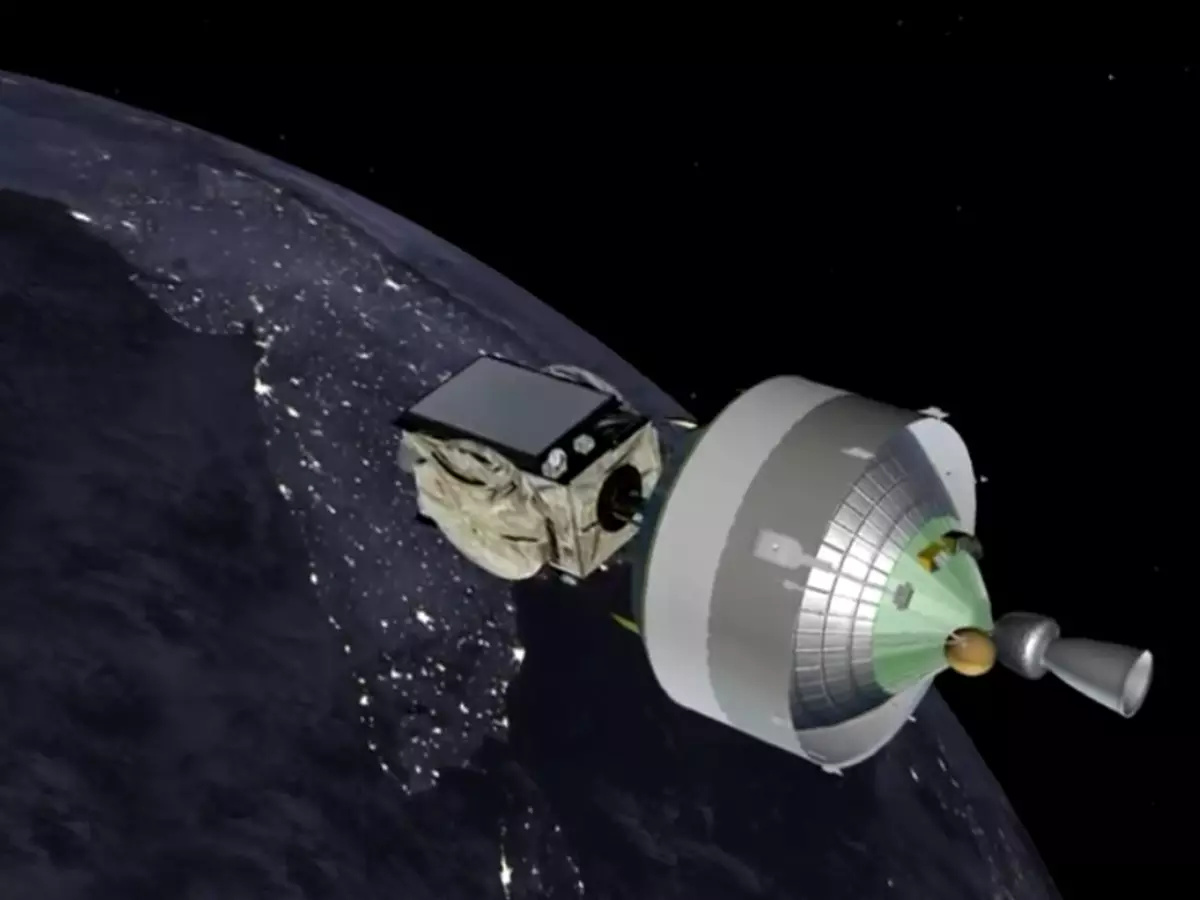India's Own Google Maps Soon As ISRO, MapmyIndia Join Hands For Homegrown Mapping Services
In partnership with the Indian Space Research Organisation ISRO MapmyIndia will soon launch fully indigenous mapping portal and geospatial services in the country. Once launched the services will prove to be an alternative to the likes of Google Maps and other such location based services.

In partnership with the Indian Space Research Organisation (ISRO), MapmyIndia will soon launch fully indigenous mapping portal and geospatial services in the country. Once launched, the services will prove to be an alternative to the likes of Google Maps and other such location based services.
In line with the Make-In-India theme under the 'Aatmanirbhar Bharat' campaign, the alliance will see the amalgamation of MapmyIndia's digital maps and ISRO's catalogue of satellite imagery and earth observation data.
For this, ISRO¡¯s Department of Space signed a memorandum of understanding (MoU) with MaymyIndia¡¯s parent firm CE Info Systems Pvt. Ltd. The two entities will be working to build holistic solutions by leveraging their existing geoportals.
 (Representative Image: ISRO)
(Representative Image: ISRO)
In a statement, ISRO stated that the collaboration will use earth observation datasets from 'NavIC', Web Services and APIs (application programming interface) available in MapmyIndia, 'Bhuvan', 'VEDAS' and 'MOSDAC' geoportals.
For those unaware, NavIC - Navigation with Indian Constellation, is India's own navigation system developed by ISRO. Bhuvan is the national geoportal by ISRO while VEDAS - Visualisation of Earth observation Data and Archival System is an online geo-processing platform meant for research.
MOSDAC - Meteorological and Oceanographic Satellite Data Archival Centre is a data repository for the meteorological missions of ISRO. It imparts weather-related information, oceanography and tropical water cycles.
The partnership will see data gathered from these being integrated with MapmyIndia's end user maps, apps and services. MapmyIndia CEO and Executive Director Rohan Verma explained in a recent LinkedIn post that this would cut down the hidden costs on foreign mapping solutions.
(With inputs from PTI)
